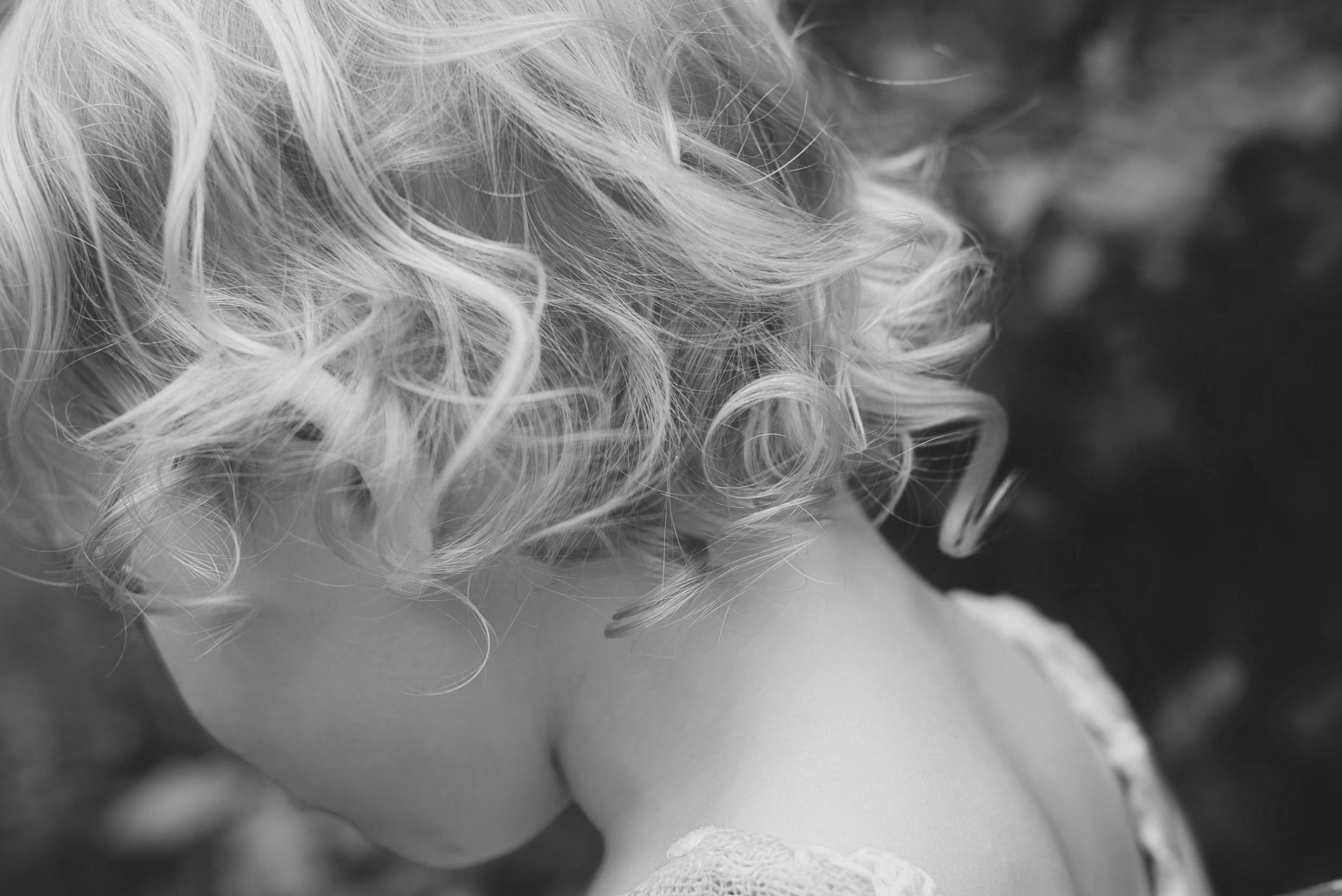
Neonatal Nasolacrimal Duct Stenosis, aka "Blocked Tear Ducts"
When parents see yellow/green goo in their newborn's eye(s), the thing they most worry about is whether the baby has an eye infection. However, there is a common normal finding that can cause these exact symptoms – blocked tear ducts.
Tears are made by the lacrimal glands, which are located above the outer corner of each eye. Tears look like they are just water, but they actually also contain proteins and other substances that keep the surface of the eye healthy and lubricated. They wash across the surface of the eye towards the inside corner of the eye and drain into the nasolacrimal duct (tear ducts) that basically are a tiny narrow tube that goes into the upper part of the inside of the nose. That's why you get a runny nose when you cry! You can see the tiny opening of the tear ducts on the inside corner of the lower lids. However, sometimes when you're a baby, that tube can get blocked because it's so tiny and narrow. As a result, the tears have no place to go, and they collect in the eye. As the water part of the tears evaporate, you're left with the protein portion, which appears, you guessed it, as yellow-green mucousy goo. This tends to really build up when babies are sleeping, as all eye discharge does. Note, babies don't usually start making tears until at least a week or more old, so you usually don't see this condition right after birth.
Now, babies can also develop eye infections, so how can you tell the difference? In an infection, the whites of the eyes will be red, whereas with the protein buildup that you see with a blocked tear duct, the whites of the eyes will not be red. Sometimes, even the tear duct itself can also get infected, in which case you would see redness and swelling of the area between the inside bottom corner of the eye and the nose. Therefore, as long as the whites of the eyes aren't red, and the area between the eye and nose isn't red and swollen, no matter how much yellow-green mucousy discharge you see, it's just a blocked tear duct. Note, if parents are too vigorous about wiping the eye drainage away from blocked tear ducts, the eyelids can look a little red, but this also doesn't necessarily signify infection.
This condition can affect one or the other eye, and can come and go over time. Usually, once a baby gets big enough (around 7-9 months old), the diameter of the tear duct also gets large enough to be less likely to be blocked, and the condition resolves for good. Sometimes, if it's persistent, a baby can be referred to ophthalmology to surgically probe the duct to open it up, but I've also seen that sometimes probing the duct may not lead to a permanent resolution of the blockage, so it might have to be done several times if you don't want to have your child continue to have a more watery eye on that side.
So what can you do to manage the condition until it most likely self resolves? Obviously, in order to keep the baby's eyes able to open, you would wipe away the drainage. However, as mentioned above, wiping too vigorously could cause eyelid irritation. I've found that cotton balls that are soaking wet with warm water can help wipe the drainage away with the least amount of friction and therefore the least amount of irritation to the eyelids. Some experts have mentioned that massage of the area next to the nose overlying the tear duct several times a day might help to open up the blockage? Maybe, maybe not, but it certainly won't hurt.
Be reassured that two-thirds to three-fourths of all babies seem to have this very common condition, so there's no need to worry if your child has been diagnosed with it!
